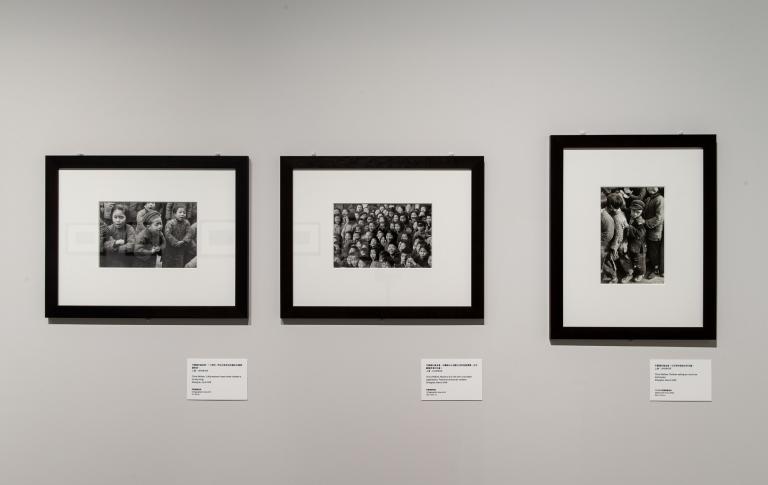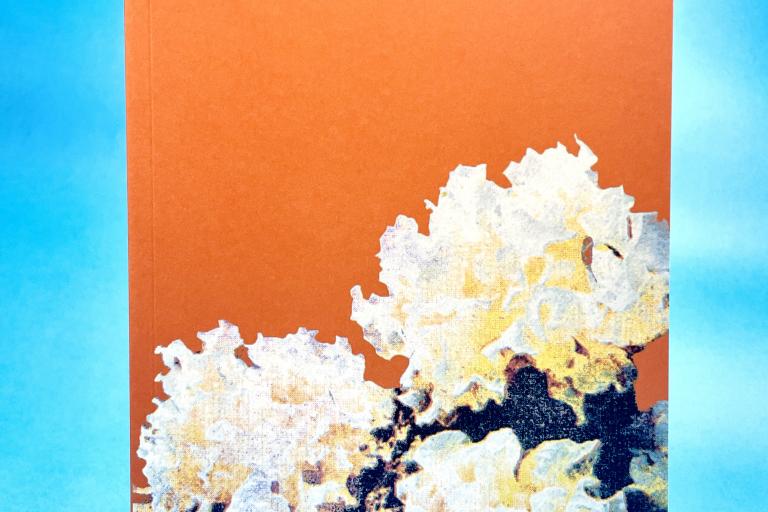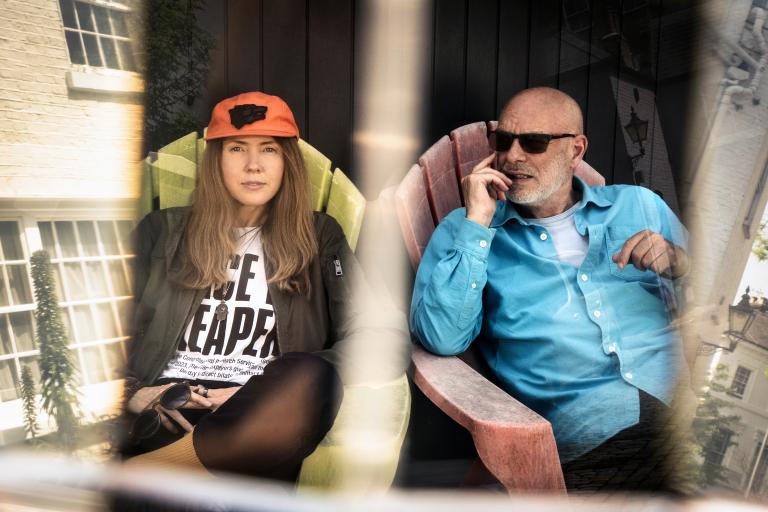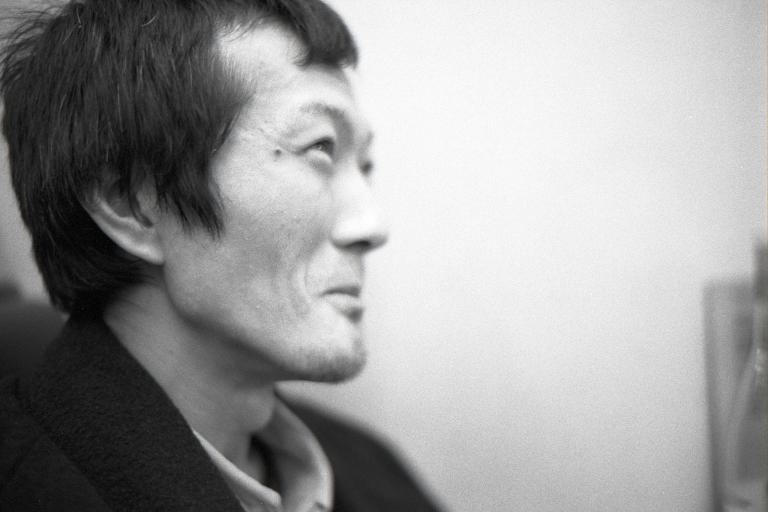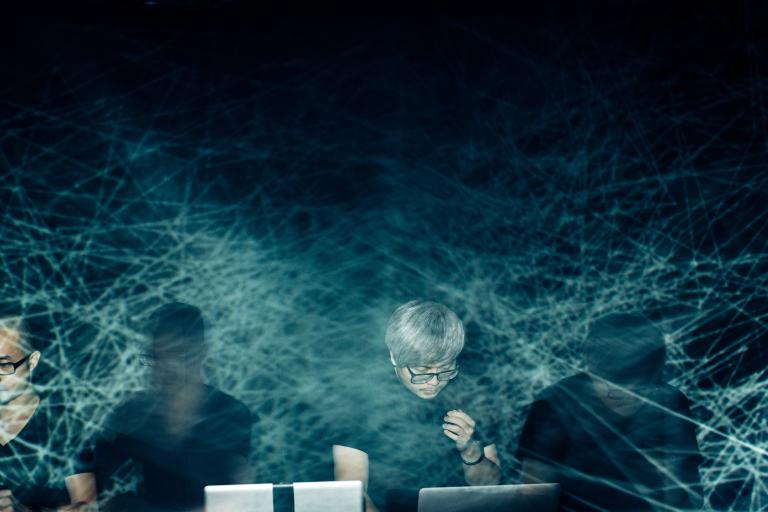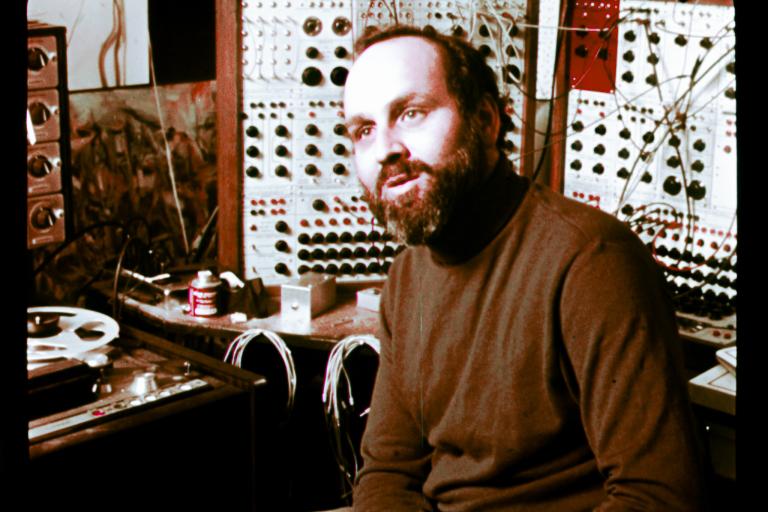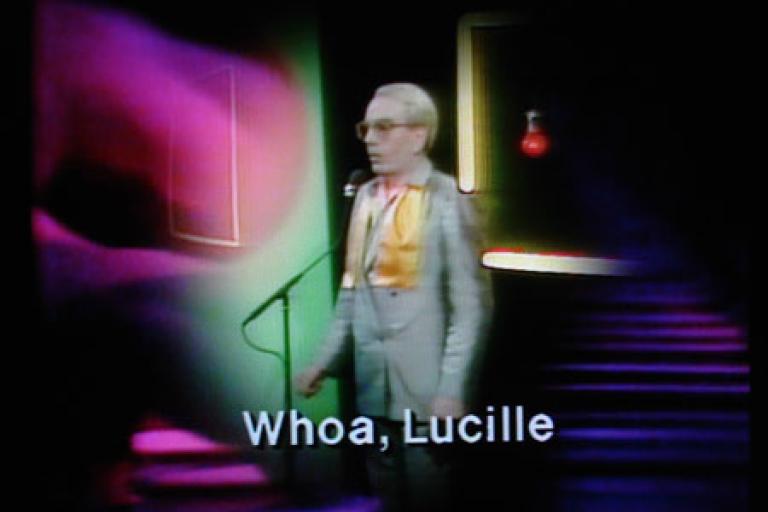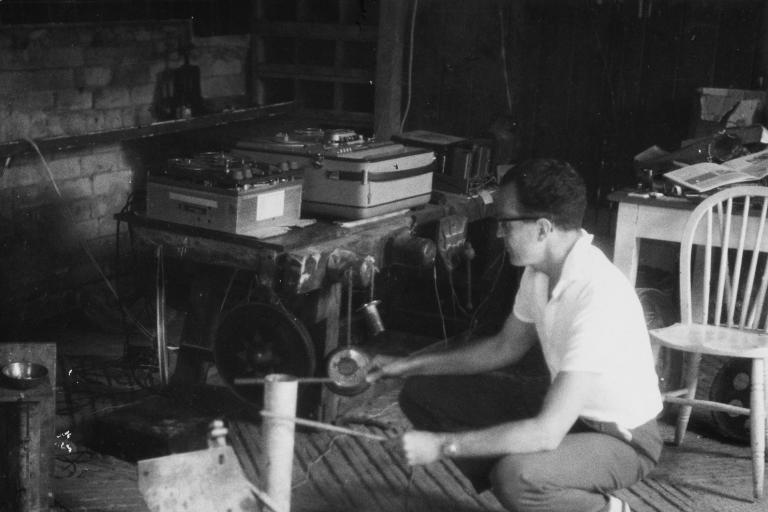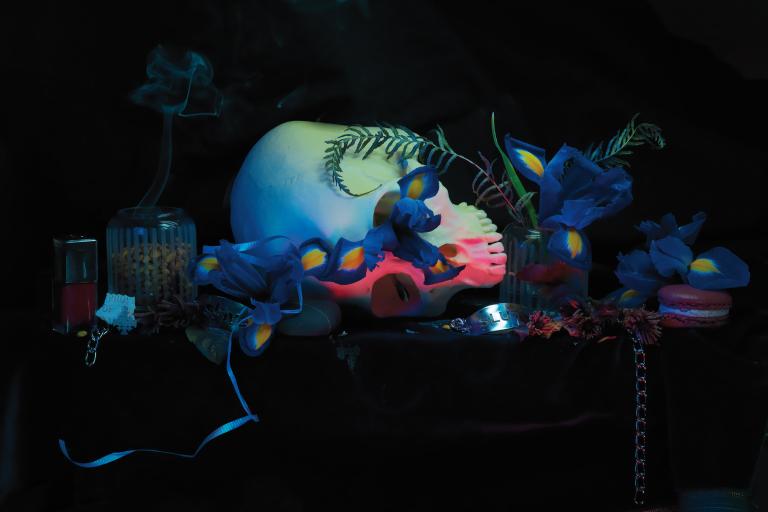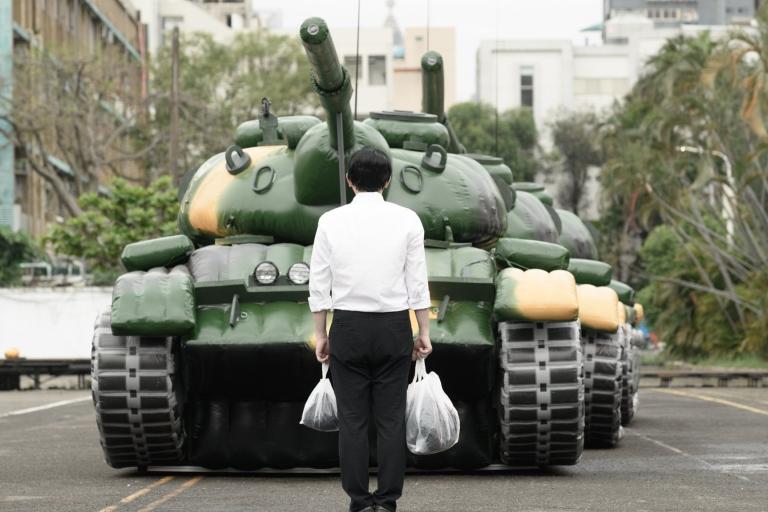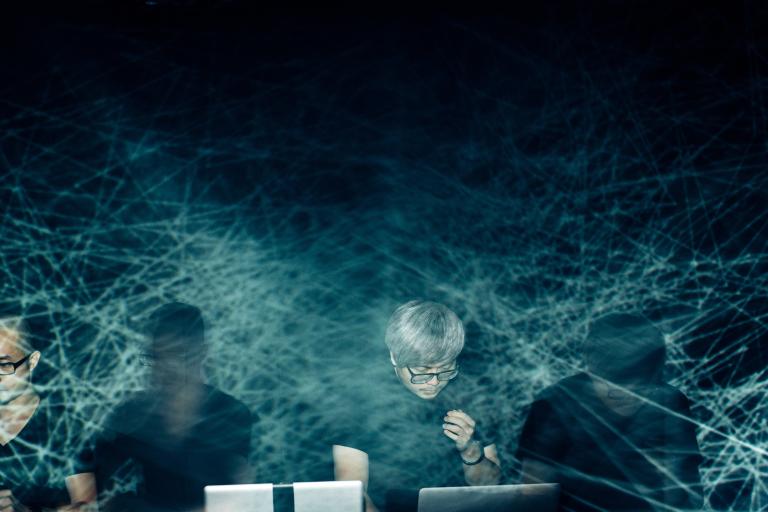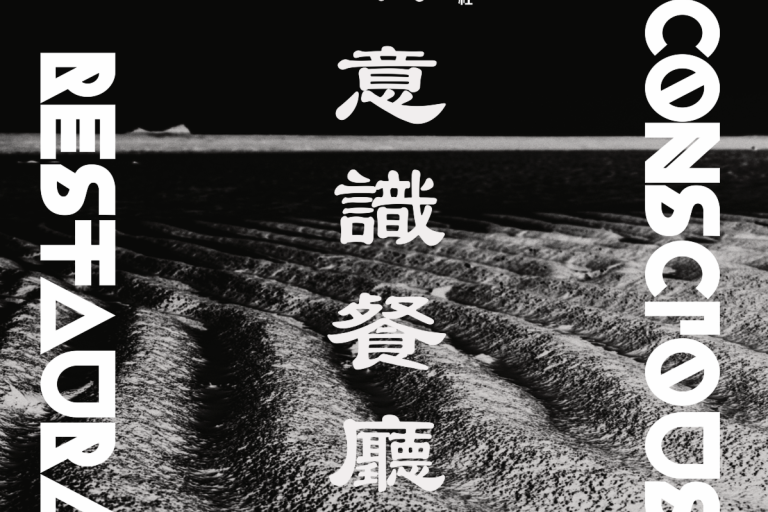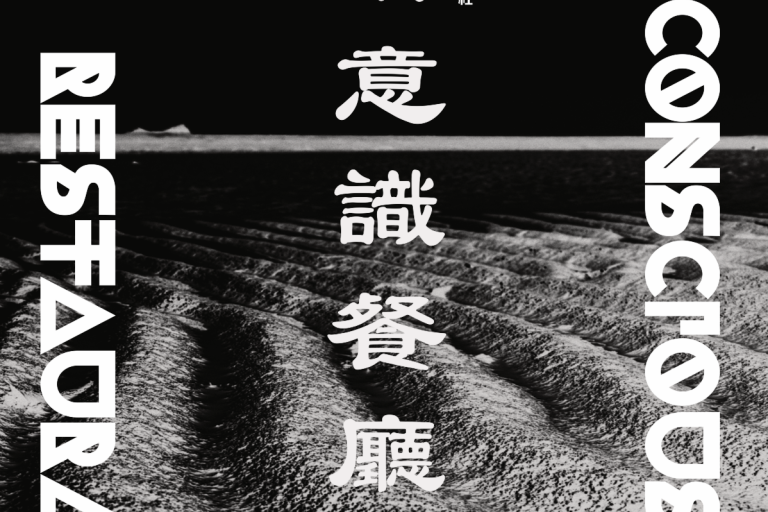To other photographers, Henri Cartier-Bresson was admired not so much for his “decisive moment” — that split-second opening of the camera’s shutter to capture the perfect image — as for his impossible knack for being at the center of historical events. “Access!” I was once told by Chien-Chi Chang, the first-ever Asian photographer admitted to the world’s most exclusive club for photojournalists, the Magnum Photos agency. Cartier-Bresson was one of Magnum’s four founding members, and we were discussing him at the time. Chang was adamant, “Access is everything!”
In early 1948, Cartier-Bresson was in India taking photographs of Gandhi less than two hours before the Indian leader’s assassination. His photos of Gandhi’s final hours and funeral, when published in LIFE magazine and other pictorial glossies around the world, were part of his ascension to the rank of celebrity photojournalist. Towards the end of that same year, Cartier-Bresson traveled to China to photograph what were expected to be the final days of the Chinese Civil War. He ended up staying for ten months and capturing the moments of China’s great modern historical schism: Mao’s Communists established the People’s Republic of China, and Chiang Kai-Shek’s Nationalists were driven off the Chinese mainland to Taiwan.
Cartier-Bresson snapped more than 5000 images on this tour, of which 500 were put into circulation by Magnum Photos. Before 2019, these photographs' last major public airing came in 1954, when 144 images were published as a book, D’une Chine à l’autre.
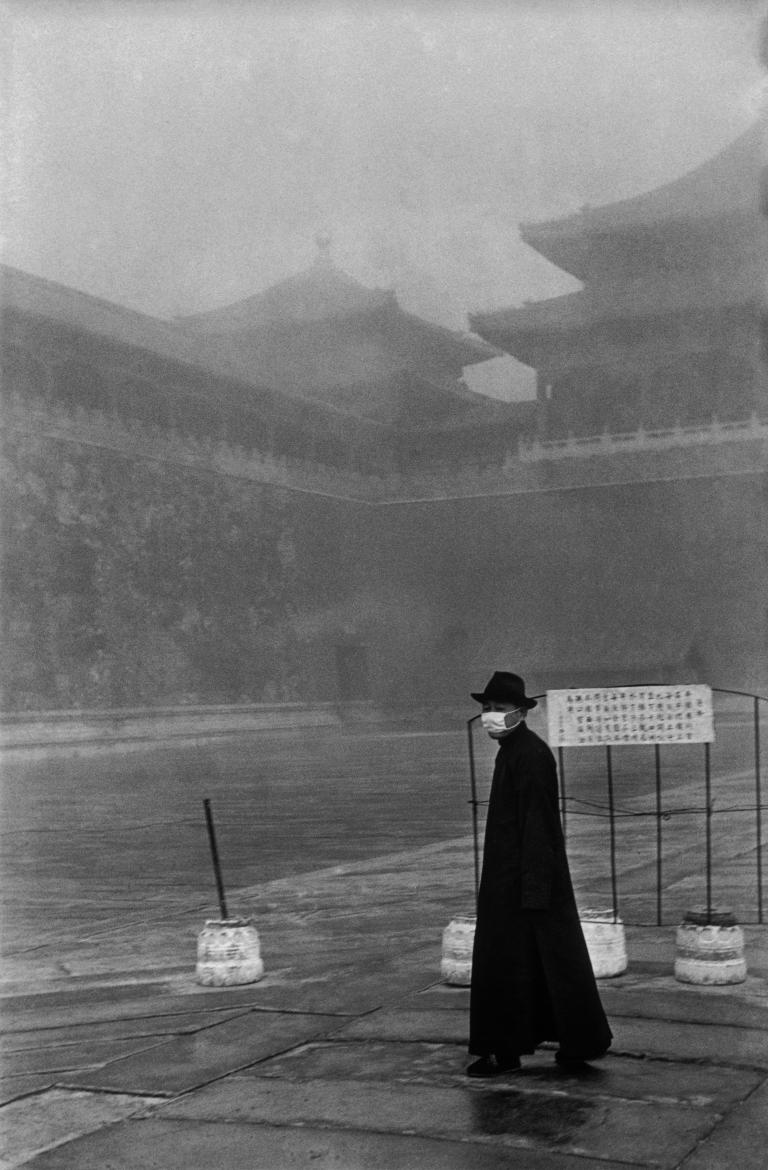
The rather incredible thing about the recent photographic exhibition Henri Cartier-Bresson: China, 1948-1949 / 1958 is that it was scheduled to tour both Taipei and Beijing; the tour was to take place after a premiere at the Henri Cartier-Bresson Foundation in Paris in late 2019. Here is perhaps the most distinguished photographic record of the moment China broke in two — a divisive moment which still bears the potential to renew itself in great violence — and it was planned for exhibition to two populations with almost completely opposite views of that history.
Following Cartier-Bresson’s 1949 departure from China, with a hundred miles of ocean separating the two armies, the Chinese Civil War reached a rather farcical détente. Both sides claimed sovereignty over the other, with enshrined documents ‘proving’ their claims, and slowly transferred the battlefield to the realm of propaganda and international diplomacy. Seventy years later, there they still sit, facing each other and contesting ‘historical truth’. Yet also in a very real way, the Taiwan-China conflict is still volatile. Recent months have seen some of the highest cross-strait military tensions in recent memory, with jet fighters from both sides and the US Navy contesting the airspace and sea lanes of the Taiwan Strait and the South China Sea. Beijing threatens to take Taiwan, if necessary, in a brutal bloodbath. And Taiwan, which has for practical purposes shelved its claim to the Chinese mainland but is yet to remove it from its constitution and officially still calls itself the Republic of China, holds fast to its democracy and self-rule.
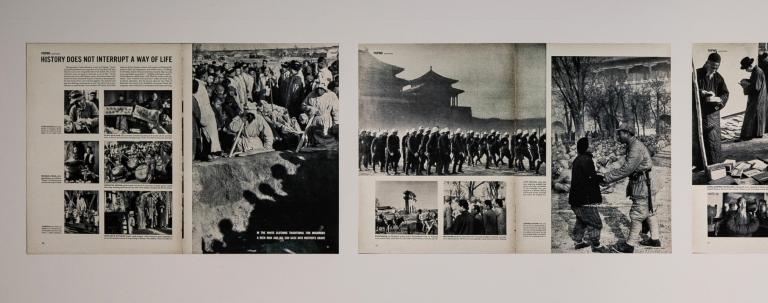
Henri Cartier-Bresson: China did, in fact, make it to Taiwan, showing at the Taipei Fine Arts Museum from June to November 2020. Extra photographs were added, with 170 displayed in Taipei compared to 154 shown in Paris. At the opening, Taipei museum director Lin Ping declared, “The exhibition came to Taiwan 60 years too late.” One is no longer surprised to find such a progressive attitude in Asia’s most progressive country, but even 15 or 20 years ago, when every presidential election was viewed as a referendum on independence versus unification with China, and international observers were describing the emergence of a new “Taiwanese identity”, the exhibition would likely have been a political landmine.
The Beijing exhibition, scheduled for early 2021, was, however, canceled due to COVID. It was to be hosted at the Tsinghua University Art Museum. We may note that the planning process for the exhibition took more than three years, so permissions and agreements in China at some significant level must have been obtained. A request for more information from the curators has not been returned.
The exhibition was conceived and created in Paris — at a critical distance from its Asian subjects, one might say, but also at the heart of the Cartier-Bresson archive — by French and Taiwanese curators Michel Frizot and Su Ying-Lung (蘇盈龍). It faithfully traces Cartier-Bresson’s travels through China, beginning with two weeks in Beijing in December 1948. The city is about to fall to the Communists, and the Nationalist army is in retreat. From there, Cartier-Bresson falls back to the Nationalist stronghold of Shanghai and makes a base for himself. He attempts to embed with the Communists in Qingdao but is detained and not allowed to take photographs. Upon release, he makes a detour to shoot in peaceful, Nationalist-held Hangzhou. He doesn’t return to a conflict zone until April when he photographs the fall of the Nationalist capital of Nanjing. At the end of May, he is back in Shanghai when the city finally falls to the Communists. He stays there until the Communists eventually allow foreign nationals to evacuate China on Sep 23, 1949.
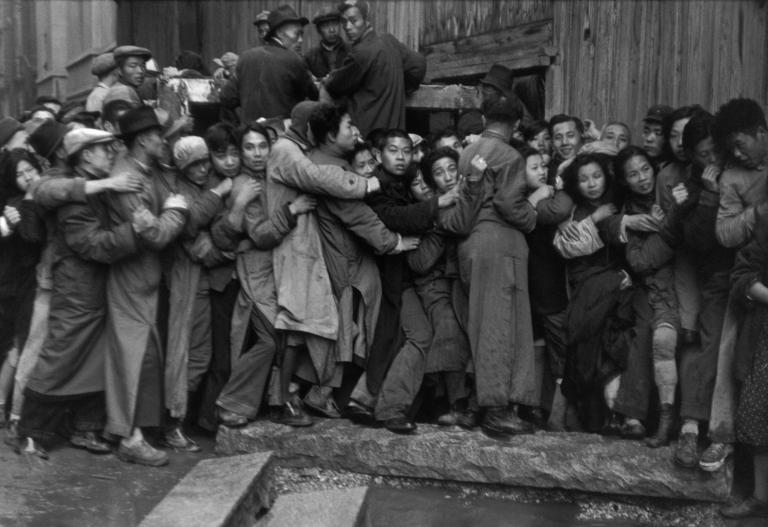
Cartier-Bresson did not return to China again until 1958 when he was invited to photograph the tenth anniversary of the founding of the People’s Republic. During that trip, he also chanced to glimpse the backyard furnaces and communal construction projects of the Great Leap Forward.
For the recent exhibition, original photographs were counterposed to magazine spreads of LIFE, Paris Match, and other major illustrated news magazines of the day. Not only could one view the images, but also the process of how they were engaged in the production of knowledge for a Western audience. One cannot understate their importance to how the world saw China in the 1950s.
On their own, Cartier-Bresson’s photographs — all high-contrast black and white images shot with a handheld Leica — are humanistic and poetic. Like Dorothea Lange’s photographs of the American Great Depression, they prefer common men and women to the political giants of the day. They show the impoverished, the refugees, scholars, and street merchants. The Nationalist leader, Generalissimo Chiang Kai-Shek, is only seen through his likeness in the display of a Shanghai portrait studio. Then months later, the portrait sellers replace Chiang’s portraits with pictures of Mao.
As for the capturing of historical moments, these include Communist troops entering Nanjing, the final Nationalist Parliament, Nationalist troops evacuating from Nanjing and Shanghai, and punters in a mad scrum trying to change soon-to-be-useless banknotes for gold. There are no battle scenes. At best, we get troop movements. The photographs themselves feel largely apolitical, and, at least at the start of this project, Cartier-Bresson was able to project this equivocating attitude into the Western media. In a LIFE photo essay from Beijing, just as the city is about to be taken by the Communists in December 1948, the headline reads, “City Finds Serenity in Birds and Boxing,” which is exactly what Cartier-Bresson’s photos show. In the accompanying text, Cartier-Bresson himself observed, “The course of history does not seem to interrupt a way of life.” But then, two weeks later, LIFE changed its tune in another of the Frenchman’s photo essays titled, “Red Advance Brings Shanghai Panic.” His photographs could not remain apolitical for long.
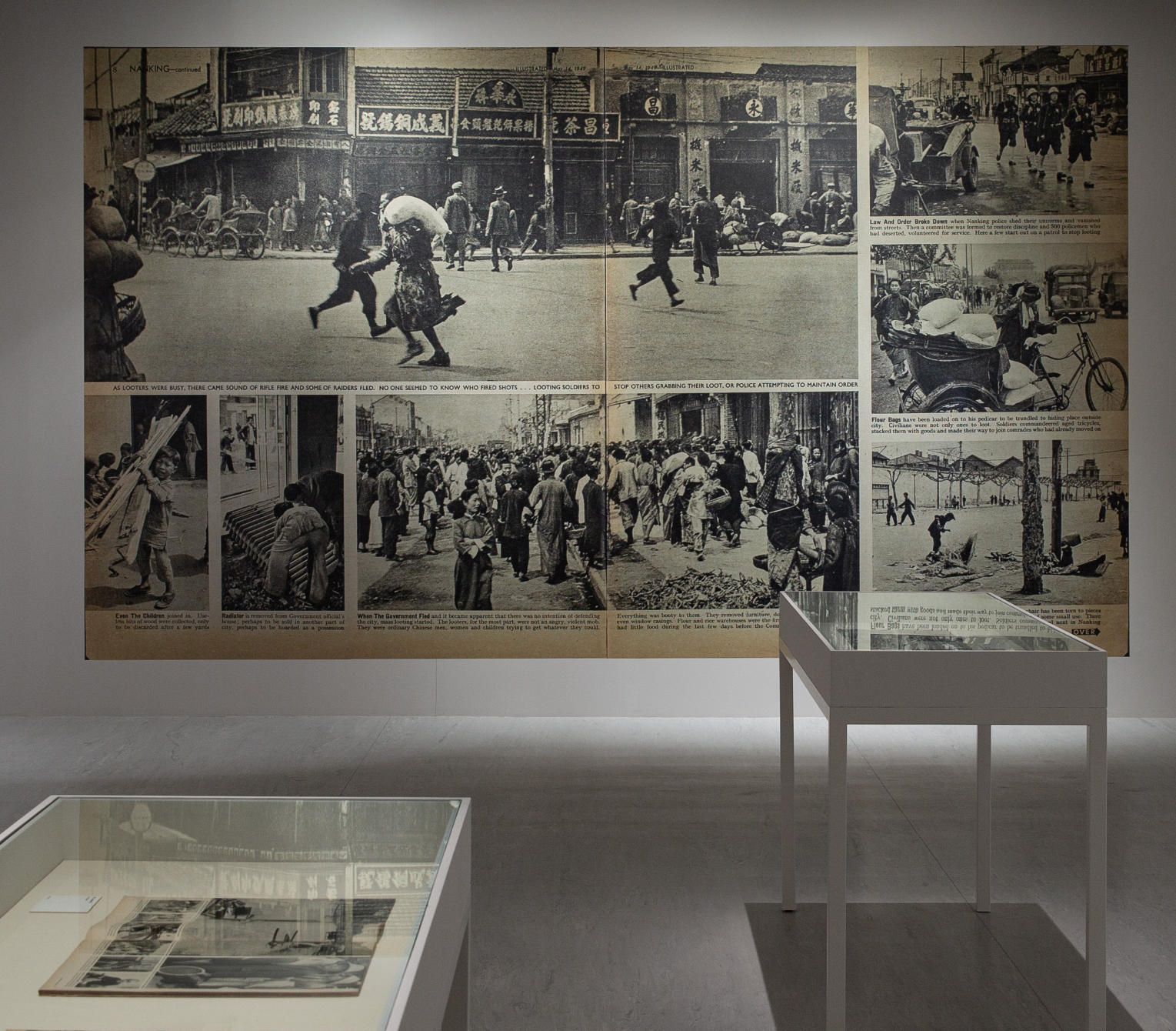
One can’t help but wonder how such an exhibition would have been received in Beijing. It’s not difficult to imagine the impositions of government censors. I cannot help but think of examples of other cultural events, like the Beijing Independent Film Festival, which has been heroically organized, scheduled, and then disrupted or shut down by the government nearly every year of its history. But on the other hand, the facts of the above history are more or less already accepted by Beijing. Also, Cartier-Bresson was a communist sympathizer. On his second visit to China in 1958, he was invited by the Communist regime and was mostly embedded with them on a guided tour of the glories of real, living socialism. His photographs, in themselves, do not present a critique of the Chinese Communist Party.
In terms of China’s current realpolitik, I would also add that a great amount of self-expression is allowed in China, more than Western media generally give credit for. Censorship is indeed widespread but generally only applied to certain forbidden topics and only when those become widely discussed. These practical realities are well understood by China’s creative communities, from contemporary artists to punk rockers, who toe an invisible line and frequently push in unexpected directions. Chinese cultural workers and academics are perhaps some of the best in the world at feigning innocence and ignorance. Proposing information from an international source and refusing to interpret it, posing it only in its blandest factuality, is a common technique. If the censors react, they simply delete, retract, or cancel. Never propose information as your own opinion or view. This is how expressive communities in China operate and survive. The environment is restrictive, but it also has its free zones. The Ai Weiweis are rare, and while the risk of detention, torture, or banishment is real, most know how to stay out of trouble. And yet, one of the most sensitive topics to the Chinese government is Taiwan. It would have been fascinating to see how this exhibition was received or banned.
One powerful question raised by this exhibition, and more specifically by the return of these old photographs to the physical sites of China’s civil war, is: How much time does it take to heal old wounds? The youngest generation that still remembers China before 1949 is now around 80 years old. Is there a certain passage of time that would allow a contentious history to return to the realm of objective facts?
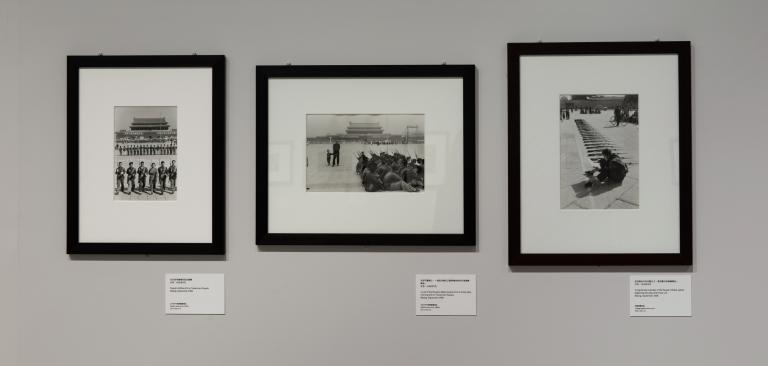
Susan Sontag once took Cartier-Bresson to task in her seminal collection of essays, On Photography, for being too impartial and ignoring his images' political implications. “When Cartier-Bresson goes to China,” she wrote, “he shows that there are people in China, and that they are Chinese.” Photography, she argued, “transforms reality into a tautology.”
Sontag was writing at a time — the mid-70s — when photojournalists were heroes of photographic truth and documentary filmmakers had just pioneered the genre cinéma vérité. Photography with a handheld 35mm camera was becoming established as the newest and best technology for showing “direct truth”. But Sontag believed that photographs, like any other sign, were, in fact, devious and manipulable. “A photograph changes according to the context in which it is seen,” she wrote. “As Wittgenstein argued for words, that the meaning is the use — so for each photograph.” On general principle, Cartier-Bresson seemed to agree with her. “Facts are not interesting,” he once famously said. “It’s the point of view on facts which is important.”
Understanding the nature of images and their potential for politicization, the curators of Henri Cartier-Bresson: China took great pains to situate their scholarship on the edge of bland factuality. It is potentially China-safe, but at the same time, palatable to Western audiences. The texts accompanying the images are incontestable and no longer controversial: Armies advanced, clashed, or retreated; governments made declarations, and Cartier-Bresson the man buzzed around this political panorama like a fly on the wall.
Taiwan’s media assiduously avoided politics in their reporting on the exhibition. Some coverage looked at the emotional reactions of third-generation Taiwanese, who in Cartier-Bresson’s pictures saw the harsh realities endured by grandparents who came to Taiwan as refugees for the first time. More typical were safe statements like this one from the Chinese-language newspaper the United Daily News: “The documents of the developments of Asia’s modern history are for the first time given their most complete public exhibition through the photographs of an internationally famous artist.” There is no explication of that history. One can also note the appeal to authority — the truth of these photographs is valid, the Taiwanese newspaper seems to say because they were produced by a famous foreign artist. In Taiwan, there was no outcry, no controversy.
When I raised the question of how much time it takes to heal old wounds with a press officer at the Taipei Fine Arts Museum, she replied, “The exhibition is possible now not because the wounds of history have been healed, but because of the encounter of these two researchers” — Frizot and Su. Her answer is again a retreat into bland factuality, what Chinese might refer to as “the middle way”.
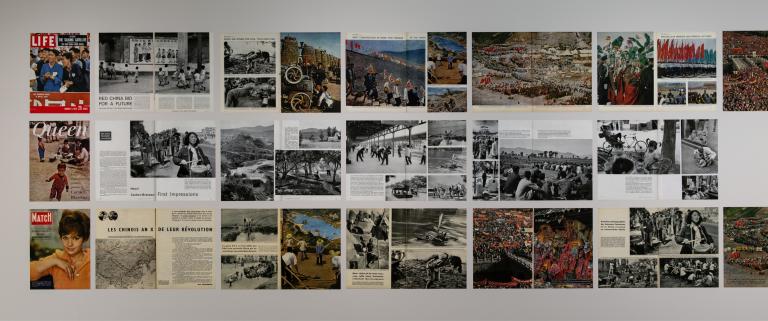
While Sontag denied photographs the power of objective truth-telling, she avowed that one thing was certain, their meanings will change over time. “The context which shapes whatever immediate — in particular, political — uses the photograph may have is inevitably succeeded by contexts in which such uses are weakened and become progressively less relevant,” she wrote.
What was the original meaning of Henri Cartier-Bresson’s photographs of China? A Communist victory? A Nationalist defeat? Perhaps those meanings have faded with the years, and the ability to exhibit them, at least in Taiwan, is the sign of a society no longer holding a grudge. In a more general sense, we may also see these photos more as universal images of human hardship and struggle, and as such, less exclusively tied to political events. Either way, their exhibition, and renewed public scrutiny seem a way forward from an historical impasse, a way of accepting historical facts — blunted by time perhaps, and on the authority of a foreign expert — as a step to moving on.
